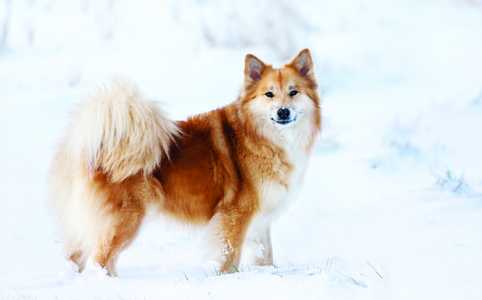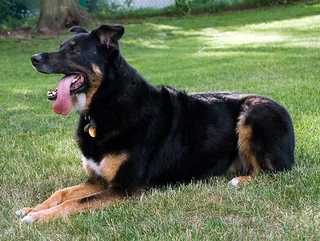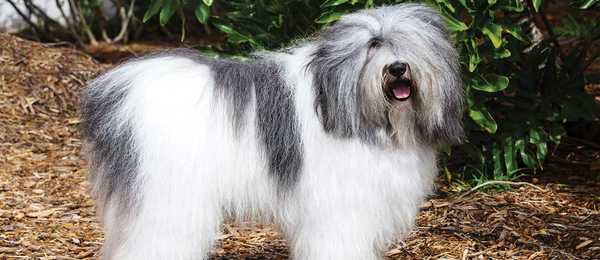
Traits and Characteristics
type
weight
height
family
The Icelandic Sheepdog is a Nordic herding spitz with typical pricked ears, a curled, bushy tail, and a double, stand-off coat. These features all help insulate this breed against frigid weather. The breed has two coat types, long and short. Both are double, thick, and waterproof with a fairly coarse outer coat and thick, soft undercoat. The Icelandic Sheepdog is a medium-sized (or slightly under medium) dog, longer than tall. The dog covers ground efficiently when trotting, displaying both agility and endurance.
Ready to see what dogs fit you best? Take our short quiz to find out!
Energy Level
Exercise Requirements
Playfulness
Affection Level
Friendliness to Dogs
Friendliness to Other Pets
Friendliness to Strangers
Watchfulness
Ease of Training
Grooming Requirements
Heat Sensitivity
Vocality
Disclaimer: While the characteristics mentioned here may frequently represent this breed, dogs are individuals whose personalities and appearances will vary. Please consult the adoption organization for details on a specific pet.
Temperament
Icelandic Sheepdogs are energetic and alert, ready to play, run, or seek out adventure—preferably at the sides of their people. They are friendly toward all, including strangers, other dogs, and other pets. Although highly responsive, they are also free thinkers—their job often required them to work on their own. If they think they are right they will often ignore commands to the contrary. They have a tendency to bark when alerted or excited.
Upkeep
These active dogs are happiest when they’re on the move and in the cold. They enjoy mental challenges and do well at obedience, agility, and other training activities. They are calm and easygoing inside, even if they miss a day of exercise. Like all double-coated breeds, they shed a lot, especially twice a year. Regular brushing and bathing will cut down on loose hair. The short coat requires about fifteen minutes a week, and the long coat about an hour a week.
Health
- Major concerns: CHD
- Minor concerns: none
- Occasionally seen: cryptorchidism
- Suggested tests: hip
- Life span: 11–14 years
History
The Icelandic Sheepdog’s ancestors originated in Norway, journeying to Iceland with Norwegian Vikings in 874—which is why they’re also known as the “dog of the Vikings.” DNA analysis indicates they are closely related to the Karelian Bear Dog of Russia. Once in Iceland, they were used to herd sheep, cattle, and horses. By the Middle Ages, the dogs became known for their profuse coats and were often exported to England to become pets of the aristocracy. Icelandic Sheepdogs continued to be popular exports to Europe in the sixteenth and seventeenth centuries and were even mentioned by Shakespeare. Accounts from Iceland up to the twentieth century mention Icelandic Sheepdogs and their various jobs, including herding, finding lost sheep in the snow, rounding up ponies, and gathering puffins. A dog tax imposed in 1869 caused the breed’s population to plummet. Crosses to other breeds almost obliterated the original Icelandic Sheepdog. Iceland banned importation of dogs in 1901, but the first census of Icelandic Sheepdogs located only 20 of the original type. Meanwhile, they were recognized as a breed in Denmark in 1898 and in England in 1905. The breed remained rare, with few typical specimens in Iceland by 1950. Several were brought to America and then England. The Icelandic Kennel Club formed in 1969 to monitor the breed, which was finally seen as part of Iceland’s heritage. The AKC recognized the Icelandic Sheepdog in 2010.

